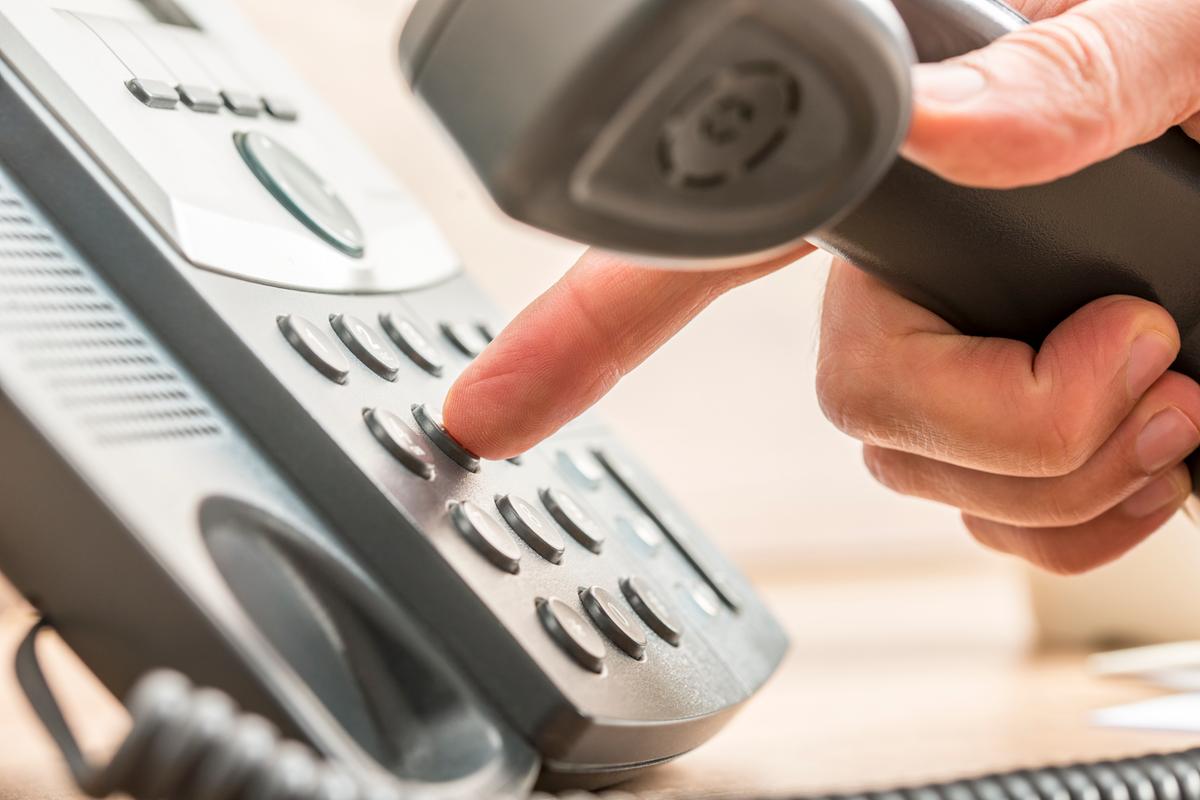With billions of data and technologies at their fingertips, customers may seem to be able to do without the middle man. Is that really so?
The role of the salesperson has changed. Traditionally, they have always done two things for their customers: communicate information and sell. They believed, and some still believe, that if you don't get an immediate sale, you'll never get it. Today, however, these two basic functions do not provide enough value.
Today, a salesperson's professional profile can be defined by three simple functions:
Marketers are responsible for helping customers find and choose the right product or service. To do this:
- Be 100% present and work with a focus on each customer.
- Ask them to understand the unique needs and desires of each customer.
- Listen, learn and empathize with customers.
- Let customers try it.
- Introduce customers to the rest of the "family" - let them come and have a look at the business or store, introduce them to everyone and explain that they are there to meet their overall needs.
Help the customer "fall in love with their choice". When that happens, price becomes a secondary issue. Financial discussions and negotiations should be the last hurdle that has to be overcome, and it should be the shortest part of the whole transaction. The retailer should spend 50 minutes out of the hour helping the customer choose the right product and 10 minutes discussing the price. Price is still important, but if the seller manages to help the customer find the right product, the price will not be a barrier to the sale.
Transfer consumers to clients. The seller's job doesn't stop at the end of the sale, yet most customers never call once they leave the store. This call is actually the beginning of a long-term relationship. Why don't salespeople call? For most, it's the fear of rejection or not knowing what to say or how to say it. Follow-up calls are critical and can be successful if the following steps are used:
- Calls should have a purpose - understand the desired outcome of the call. Do you want a recommendation or resale? Or do you want to strengthen the relationship with the client?
- Find out what you want to say and plan the agenda of the conversation
- Be prepared for the customer to guide you in a different way. Find out how to bridge back your original plan.
- Ensure that monitoring is a continuation of a positive shopping experience. Start a conversation that excites customers about their purchase. This may lead to a recommendation for a friend who would like to do business with you.
So how do we start learning to resell in our information-rich world? Start with this crucial first step. Every day when you get out of bed and several times during the day, say to yourself, "My job is not to sell, but to help my customers find a product or service that meets their needs, while making sure their experience is positive." When you fully accept this idea, then you will quickly learn to face the constant changes in the new world of sales.
-bb-


